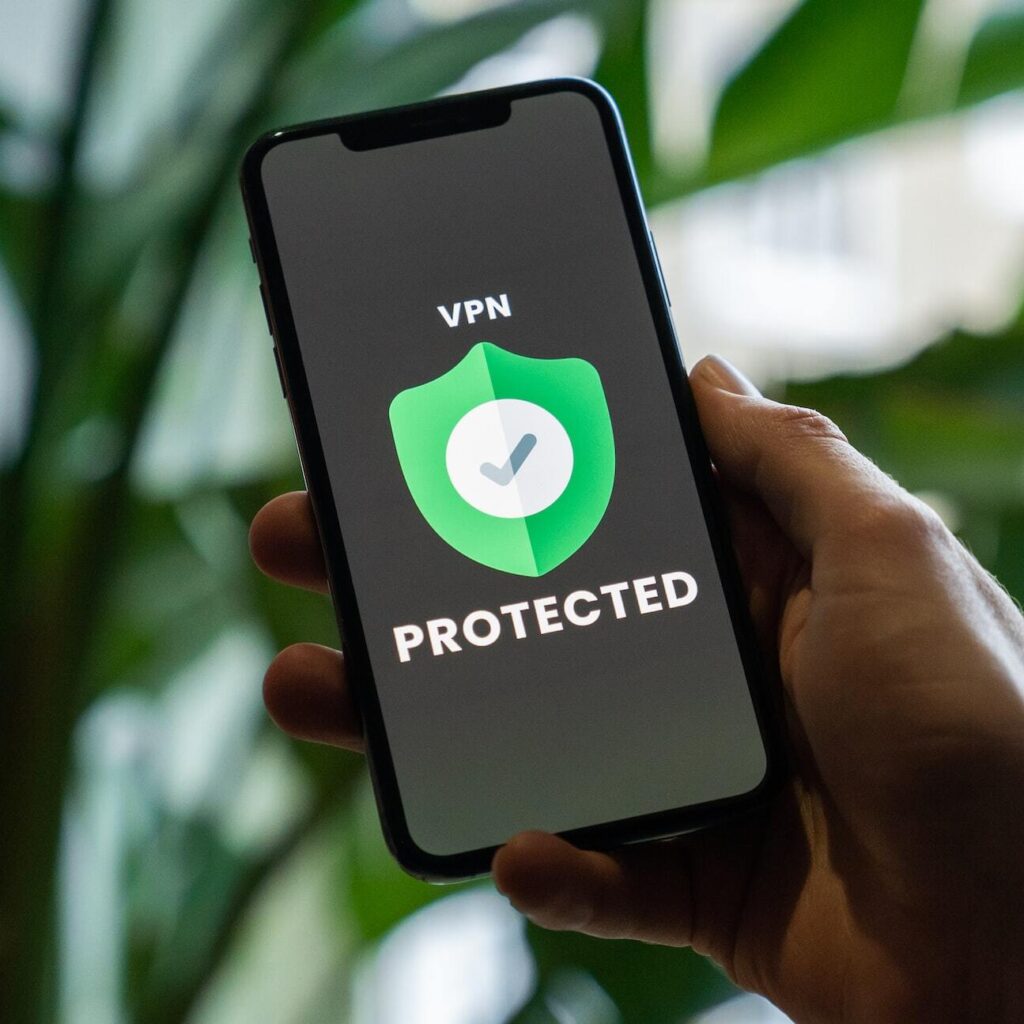As a B2B outbound salesperson, you know that generating leads is critical to the success of your business. Without leads, you have no one to sell to, and your business will fail. That’s why lead generation is the lifeblood of any B2B outbound sales strategy.
But lead generation is not easy. It requires a lot of effort, time, and resources. So, how can you generate leads effectively and efficiently? In this blog post, we’re sharing with you five tips for effective lead generation in B2B outbound sales.
Understand your target audience
The first step to effective lead generation is to understand your target audience. Who are the people you’re trying to sell to? What are their pain points, challenges, and goals? What do they care about? What motivates them?
To answer these questions, you need to do some research. Look at your existing customers and analyze their characteristics. Conduct surveys, interviews, and focus groups to gather insights about your target audience. Use social media listening tools to monitor conversations and trends in your industry.
By understanding your target audience, you’ll be able to create a messaging strategy that resonates with them. You’ll know what language to use, what benefits to highlight, and what objections to address. This will make your lead-generation efforts more effective and efficient.
Use multiple channels for Lead Generation in B2B Outbound Sales
In B2B outbound sales, you can’t rely on just one channel to generate leads. You need to use multiple channels to reach your target audience where they are.
Some of the lead generations channels you can use include
Email is still one of the most effective channels for B2B outbound sales. You can use email to reach out to your target audience, share your value proposition, and ask for a meeting.

LinkedIn is a powerful platform for B2B outbound sales. You can use LinkedIn to identify your target audience, connect with them, and share your content.
Phone
The phone is a classic channel for B2B outbound sales. You can use the phone to reach out to your target audience, introduce yourself, and schedule a meeting.
Events
Events are a great way to meet your target audience in person. You can attend trade shows, conferences, and other events to network and generate leads.
Direct mail
Direct mail is a less common channel for B2B outbound sales, but it can be effective if done right. You can use direct mail to send a personalized message to your target audience and stand out from the crowd.
There are also platforms that can help you generate leads in B2B outbound sales. Some of the most popular platforms include:
Fortune 500 and Fortune 1000 lists
These lists include the largest companies in the US, and can be a great source of leads for B2B outbound sales. You can use these lists to identify companies that fit your target audience and reach out to them.
Inc. lists
Inc. publishes several lists of fast-growing companies, including the Inc. 5000 and the Inc. 500. These lists can be a great source of leads for B2B outbound sales, as they include companies that are likely to be interested in new solutions.
Javits
Javits is a trade show platform that connects businesses with trade shows in their industry. By using Javits, you can identify trade shows that are relevant to your target audience and generate leads by attending or exhibiting.
Hoovers
Hoovers is a database of companies and executives that can be used for lead generation. You can search for companies based on industry, size, location, and other criteria, and reach out to them with your messaging.
Grepsr
Grepsr is a web scraping tool that can be used to gather data on your target audience. You can use Grepsr to collect information on companies, executives, and other relevant data points to inform your lead generation strategy.
Clutch.co
Clutch.co is a reputable business-to-business review platform that attracts a high volume of qualified leads. Its comprehensive database and verified reviews make it easier for businesses to find and connect with potential clients.
Crunchbase
Crunchbase is a platform that tracks the latest innovations and funding rounds in the tech industry. You can use Crunchbase to identify startups and other companies that are likely to be interested in your solution and reach out to them with your messaging.
By using multiple channels, you’ll increase your chances of reaching your target audience and generating high-quality leads in B2B outbound sales.
Personalize your messaging
One-size-fits-all messaging doesn’t work in B2B outbound sales. Your target audience wants to feel understood and valued. That’s why personalization is key to effective lead generation.
Personalization starts with understanding your target audience, as mentioned in tip #1. Once you know who your target audience is, you can tailor your messaging to their specific needs and preferences.
Some of the ways you can personalize your messaging include
- Addressing your target audience by name
- Using their company name and industry in your messaging
- Referencing their pain points and challenges
- Highlighting how your solution can help them achieve their goals
- Using case studies and testimonials from companies similar to theirs
- By personalizing your messaging, you’ll show your target audience that you understand their needs and can help them achieve their goals.
Follow up consistently
Generating leads is only half the battle. The other half is following up consistently. Many B2B outbound salespeople make the mistake of not following up enough or giving up too soon.
To be effective at follow-up, you need to have a system in place. You can use a CRM tool to track your leads and schedule follow-up tasks. You can also set up email sequences to automatically follow up with your leads.
When following up, it’s important to provide value in each interaction. Don’t just ask for a meeting or sale in every communication. Share relevant content, offer insights, and ask for feedback. This will build trust with your leads and increase the chances of closing a sale.
Measure your lead generation results and optimize your strategy

Finally, to be effective at lead generation, you need to measure your results and optimize your strategy. Without data, you won’t know what’s working and what’s not.
Some of the metrics you can track include
- Number of leads generated
- Conversion rate from lead to meeting
- Conversion rate from meeting to sale
- Cost per lead
- ROI
Use these metrics to analyze the effectiveness of your lead generation efforts. Identify what’s working and what’s not. Optimize your messaging, channels, and follow-up strategy based on your data.
Lead generation is critical to the success of any B2B outbound sales strategy. To be effective at lead generation, you need to understand your target audience, use multiple channels, personalize your messaging, follow up consistently, and measure your results and optimize. By following these tips, you’ll be able to generate more leads and close more sales.









